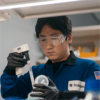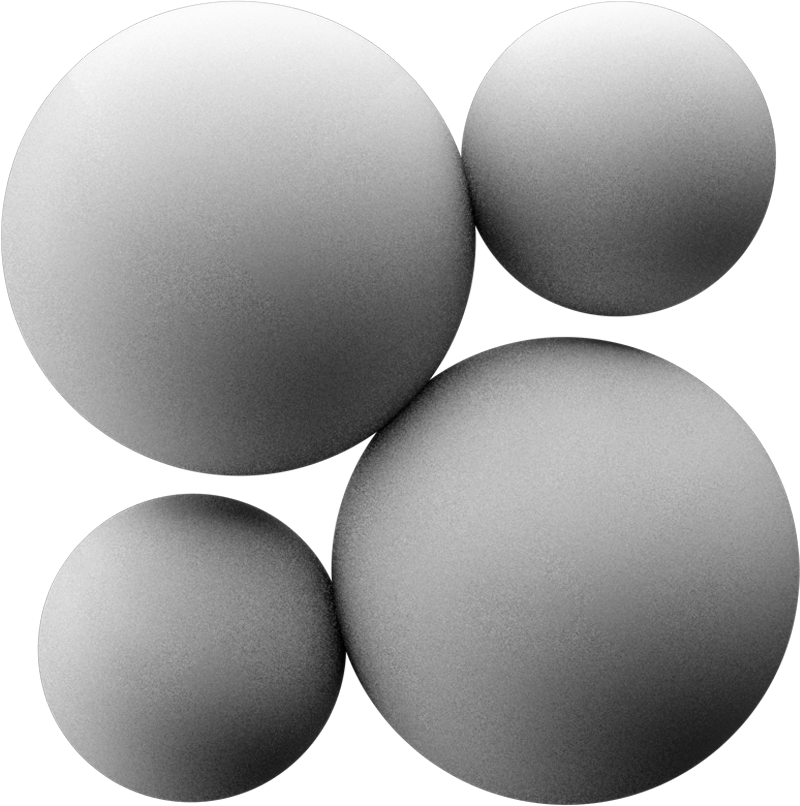This blog summarizes a technical paper by Solugen’s Matheus Paschoalino, PhD published in the 46th Winter Volume of the CTI Journal.
Cooling tower water treatment has long relied on phosphorus-based inhibitors to prevent corrosion and scaling, balancing effectiveness with environmental impact. However, traditional “stabilized phosphate” programs contribute to phosphorus discharge, leading to environmental concerns such as eutrophication. Solugen is pioneering a new approach that reduces the need for added phosphorus while maintaining performance and cost-effectiveness.
The Challenge: Balancing Protection and Environmental Responsibility
Phosphate-based programs emerged as a leading alternative to chromate inhibitors following their regulatory ban in the 1970s. While effective, these programs have limitations, particularly in high-stress cooling environments where scaling and corrosion must be carefully managed. High phosphate levels not only present operational challenges but also contribute to environmental phosphorus loads.
Efforts to reduce phosphorus in cooling water treatment have led to innovations such as metal-based inhibitors (e.g., Zn+2, Sn+2) and all-organic programs. However, these alternatives introduce additional cost and environmental trade-offs. The question remains: can a treatment program be designed to utilize naturally occurring phosphorus in makeup water while minimizing additional phosphorus discharge?
A New Solution: Carbon-Negative Organic Inhibitors
Solugen has developed a novel organic corrosion inhibitor derived from a carbon-negative biochemical process. This additive enhances corrosion protection while reducing the need for phosphorus-based chemicals. Laboratory and pilot-scale testing have demonstrated its ability to maintain or even improve system performance compared to traditional phosphate-based programs.
In controlled bench-scale testing, the addition of Solugen’s polyhydroxycarboxylic acid (PHC) inhibitor significantly reduced corrosion rates in mild steel samples. Results showed that a combination of PHC and polyaspartic acid (PaSP) effectively inhibited corrosion with lower phosphate levels.
Pilot Testing: Corrosion and Scale Control in Colling Towers
Solugen conducted pilot-scale testing in cooling towers to compare PHC-based treatments against a standard stabilized phosphate program. The results were clear: the PHC-based program achieved lower corrosion rates for both carbon steel and copper components, while also reducing scale formation. Notably, the program performed well even under higher heat flux conditions, a critical factor in heavy-duty industrial cooling systems.
The 18-day pilot study was conducted in an outdoor cooling tower system using simulated industrial water conditions. Two identical cooling towers were tested: one treated with Solugen’s PHC-based program and the other with a standard stabilized phosphate program. The PHC-treated system maintained lower corrosion rates, particularly for carbon steel, where weight loss was 46% lower than the benchmark system. Additionally, visual inspections of heated specimens showed significantly less scale formation, indicating improved scale control.
These findings suggest that PHC-based formulations offer a viable alternative to traditional phosphate-heavy programs while maintaining cooling system efficiency.
The Path Forward: Phosphorus-Neutral Cooling Treatment
While a completely phosphorus-free cooling program remains a challenge, a phosphorus-neutral approach—using only naturally occurring phosphate in water sources—offers a practical and effective way to maintain corrosion protection while reducing environmental impact. As water treatment technology advances, innovations like these are paving the way for more sustainable and responsible cooling tower management.
By integrating advanced organic inhibitors like PHC, cooling systems can achieve the same level of performance with significantly less added phosphorus. Solugen’s carbon-negative organic inhibitors provide a proven path to reducing phosphorus discharge without compromising performance or cost-efficiency.
For a deeper dive into the technical findings, read the full technical paper by Matheus Paschoalino, PhD starting on page 42 of the 46th Winter Volume of the CTI Journal.







